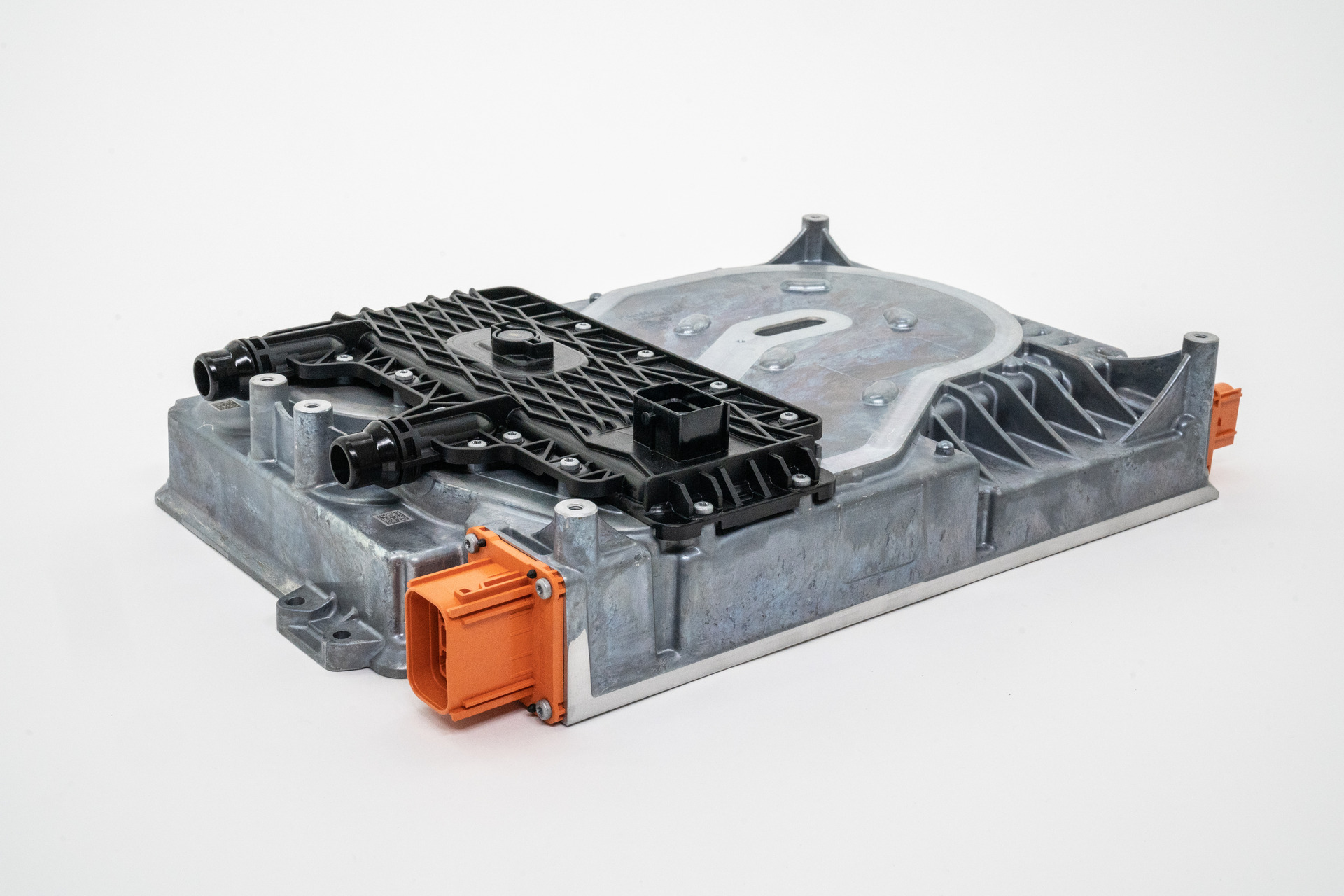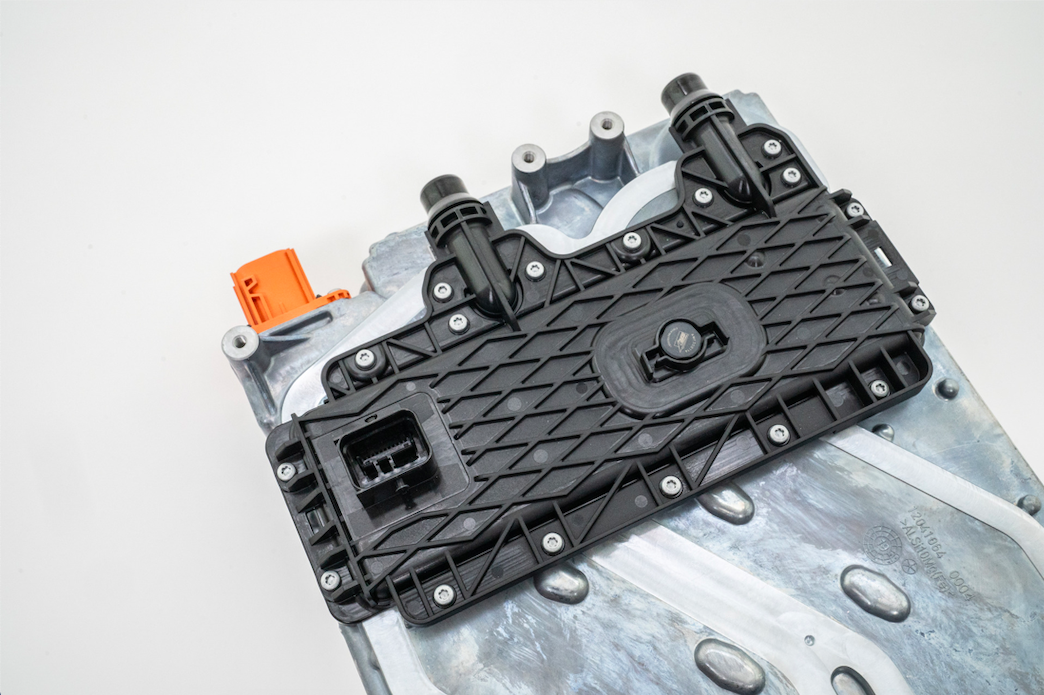Latest News: It goes without saying that polyamide 6 and polyamide 66 have very similar properties, but the two materials are also often competing with each other. Recently, the price situation of polyamide 66 is tight and the supply is temporarily limited, so polyamide 66 is often replaced by polyamide 6 even in its traditional fields of application. However, now more and more people are starting to use polyamide 6 directly to produce parts that were previously made of polyamide 66.
A current example is the on-board battery charger cover used in an all-electric compact car from a German automaker. The cover is made from LANXESS’ Durethan BKV50H3.0, which is reinforced with 50% by weight short glass fibers. The system consisting of the cover plate and the charger is manufactured by KOSTAL, headquartered in Lüdenscheid, Germany, a global supplier of automotive, industrial and solar power systems and electrical connector systems.

The cover of the on-board battery charger is made from LANXESS’ Durethan BKV50H3.0, which is reinforced with 50% by weight short glass fibers.

The cover plate highlights the fact that polyamide 6 blends do not need to be hydrolytically stabilized to be used with glycol-water coolants in cooling systems in electric vehicles.
The large-scale application of polyamide 6 underscores the fact that polyamide 6 blends do not need to be hydrolytically stabilized to be used with glycol-water coolants in cooling systems in electric vehicles. “We believe that this type of polyamide 6 product will be widely used in the mass production of electric vehicle covers and other thermal management components in the future. This is especially true when it is used in equipment such as fluid connectors or controls in cooling systems.” Bernhard, Technical Key Account Manager, Lanxess Performance Materials Business Unit
Dr. Helbich said.
Permanent leak proof
Polyamide 66 has long been used for plastic components in the cooling circuit of internal combustion engines. This is because this thermoplastic is highly resistant to hot coolants such as water-glycol mixtures. However, the thermal management of pure electric powertrains increasingly requires lower temperatures. For all-electric vehicles, the long-term heat resistance of polyamide 6 compounds to water-glycol mixtures is sufficient for most components, even for significantly prolonged action times. As a result, during vehicle operation, the cover can continuously withstand temperatures up to 85°C without problems and achieve burst loads of up to 10 bar. Long-term testing of the specimens also showed that the mechanical properties of the water-glycol mixture showed little degradation even after 1,500 hours of storage at 110°C and a pressure of 1.5 bar. As a result, the material meets the technical requirements for water-cooled components for electric vehicles by major German automakers.
High strength and stiffness
The cover plate is about 29 cm long and 12 cm wide, and the flange length is quite long. The cover is usually screwed to the aluminum housing of the charger along with a seal. The high strength and stiffness of the polyamide 6 compound ensures that the cover sheet meets stringent tightness requirements. Helbich said: “To do this, we worked closely with KOSTAL to optimize the performance of mechanical parts. We also determined how to achieve minimum shrinkage and warpage values in injection molding by simulating filling. These services are our HiAnt services. As part of the package, we support project partners through all stages of component development through these services.”
In addition, the cover also highlights other advantages of Durethan BKV50H3.0 material. For example, cover plates are easy to process and can be injection molded at high injection speeds, which facilitates shorter cycle times and economical processing. In addition, the cover plate uses copper-free H3.0 heat stabilizer, which will not cause electrical corrosion of metal parts in the cooling circuit. Another advantage of this compound is that it is resistant to common media in vehicle operation such as oil, grease, battery electrolyte and deicing salts.

